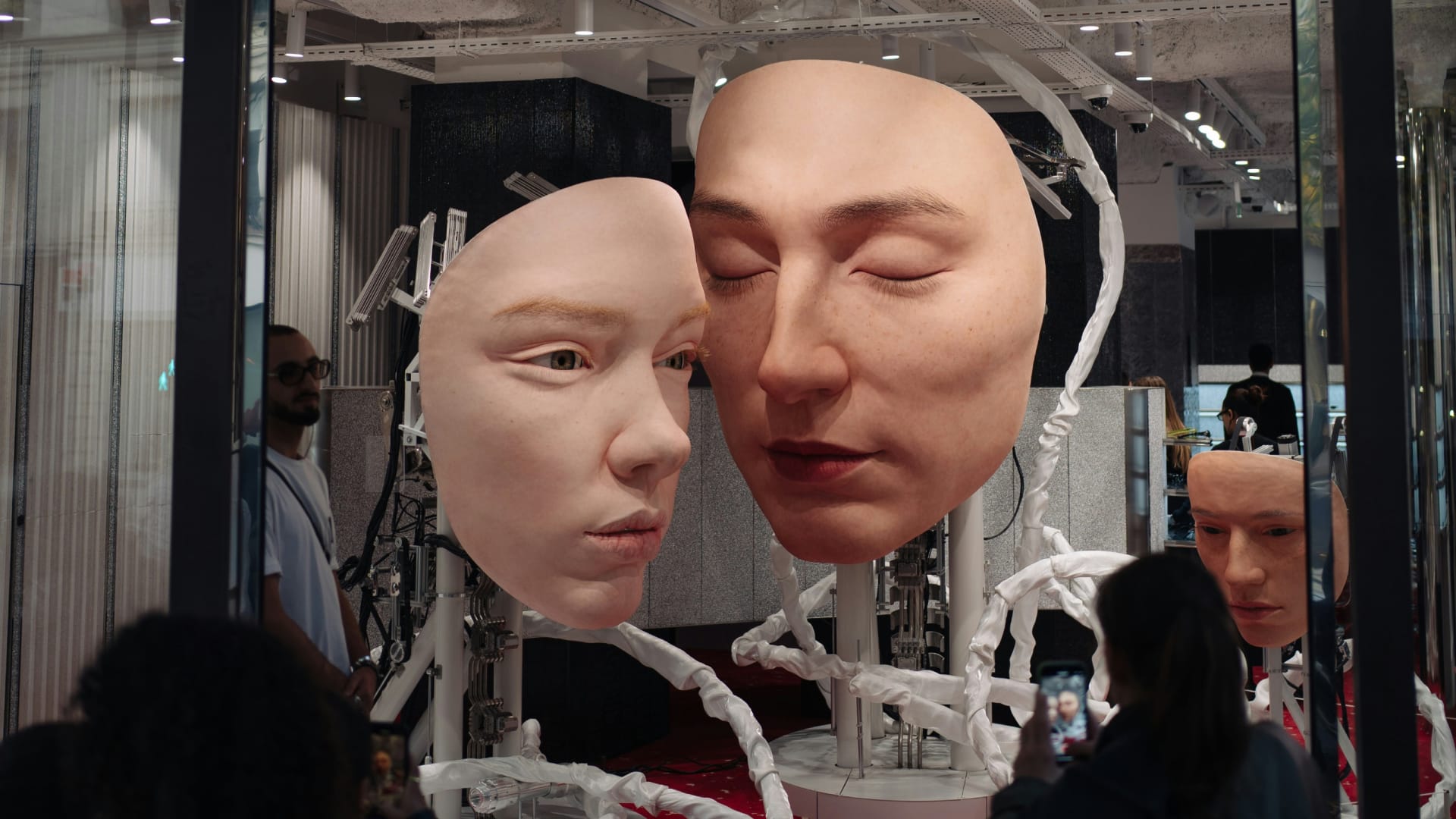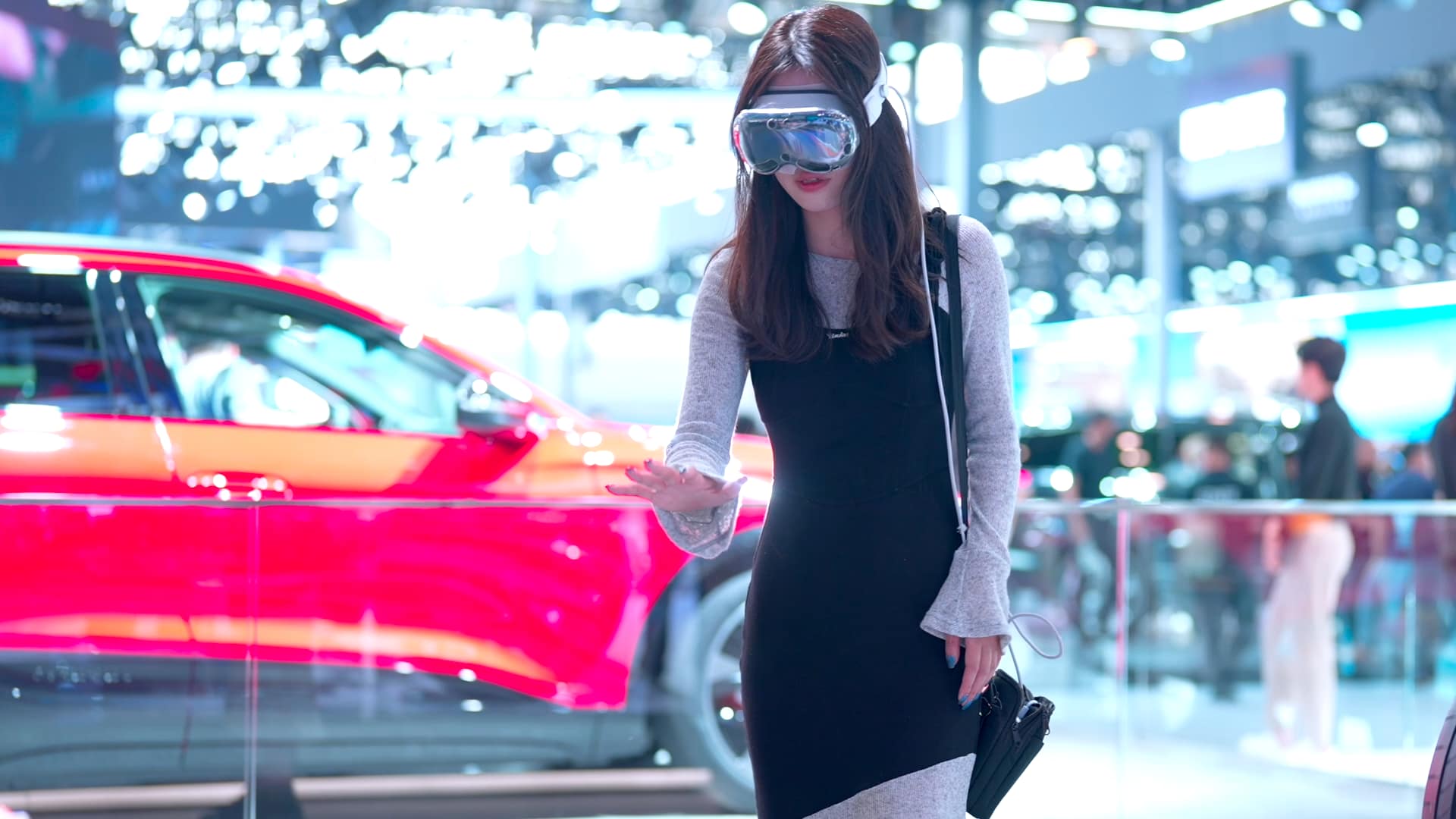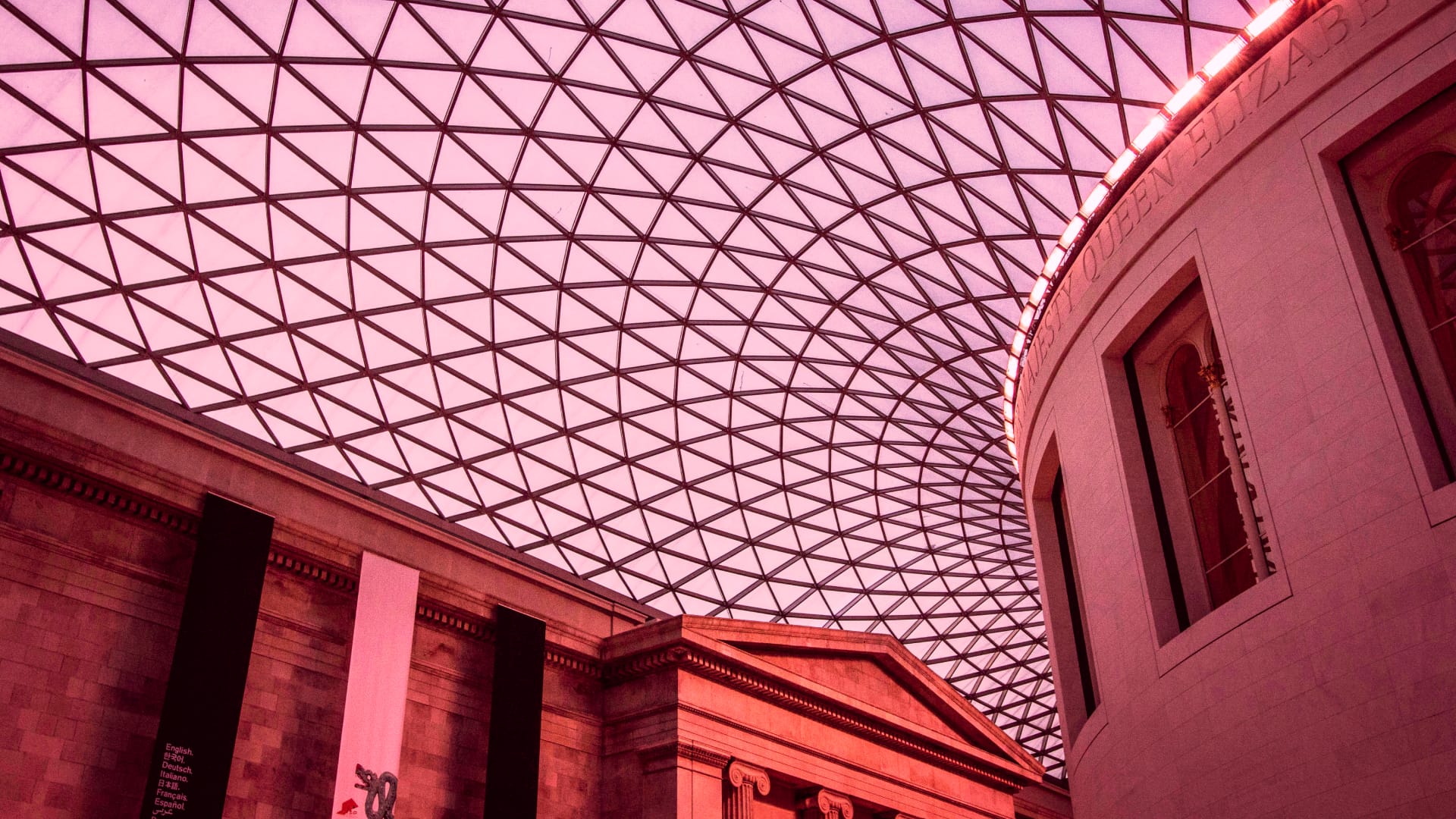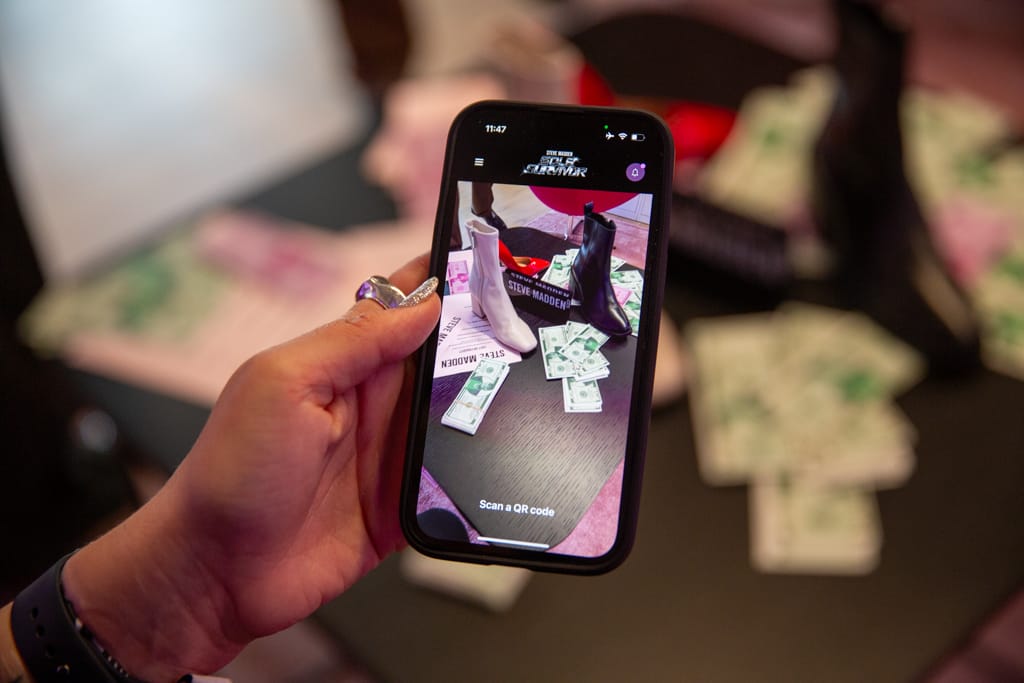
This article first appeared in Retail Rewired written by, Tom Gray, Global Chief Strategy Officer from our London studio.
Online may be taking a larger proportion of direct sales, but physical stores remain important: firstly, as a short-term sales driver – a sizable chunk of transactions still includes one form of ‘try it’ or ‘feel it’ in real life before purchasing, even if the actual purchase moment happens online.
And secondly, as a longer-term brand and growth driver – using the physical store as a stage to create experiential retail that will drive deeper engagement with the brand, content creation on social media and even PR moments.
Gen Z rekindles its love for the store
Customers want this more than ever. In fact, our research of 2,000 UK and U.S. consumers found that 86% of Gen Z and 88% of Millennials say that they want more In Real Life (IRL) experiences from brands. In fact, global research from GWI found that Gen Zs have a higher preference for in-store shopping over e-commerce, compared to millennials
This suggests that – far from becoming redundant – stores remain important to younger shoppers, even if their role within their business is shifting. For Gen Z, the store really matters and bringing elements of play and gamification can make it more attractive, more memorable, more likely to drive brand affinity and social buzz, and more likely to, ultimately, drive sales.
But what does it look like and which retailers are leading the charging in successfully building gamification into their retail offerings?
Percentage of people who are interested in attending IRL experiences from brands

Generational preferences for online vs in person retail. Gen Z is shifting back to IRL
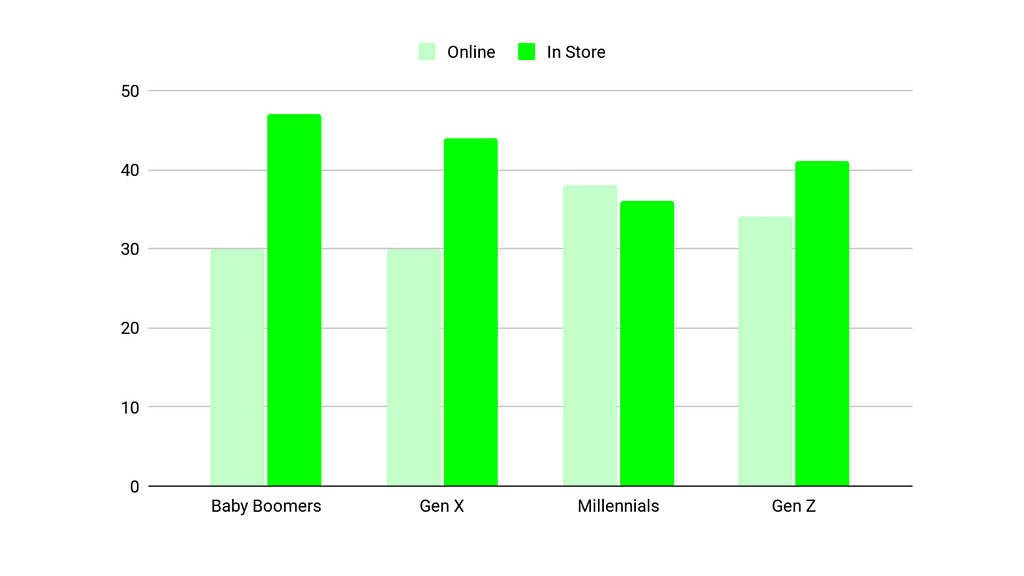
Create immersive retail playgrounds with AR
Leveraging Augmented Reality (AR), retailers can transform mirrors, windows or phone cameras into playgrounds.
Gen Z lives in the camera, so AR try-ons and playful effects invite them in rather than pushing products at them.
Coach’s AR storefront, for instance, lets passers-by virtually try on items before stepping inside. Not only does it create a product trial moment, but it also creates playful group moments that in turn become great social content and User Generated Content (UGC).
A voyage of discovery with treasure hunts
The variable rewards and competitive elements of treasure hunts are proven behavioural triggers to increase engagement and positive memories.
Retailers can tap into this by scattering quests across stores or retail districts, where scans can unlock content, perks, or limited editions.
Westfield in the UK and the U.S. has run seasonal scavenger hunts using apps or QR codes placed throughout the shopping centre to entice participants to unlock clues and earn rewards.
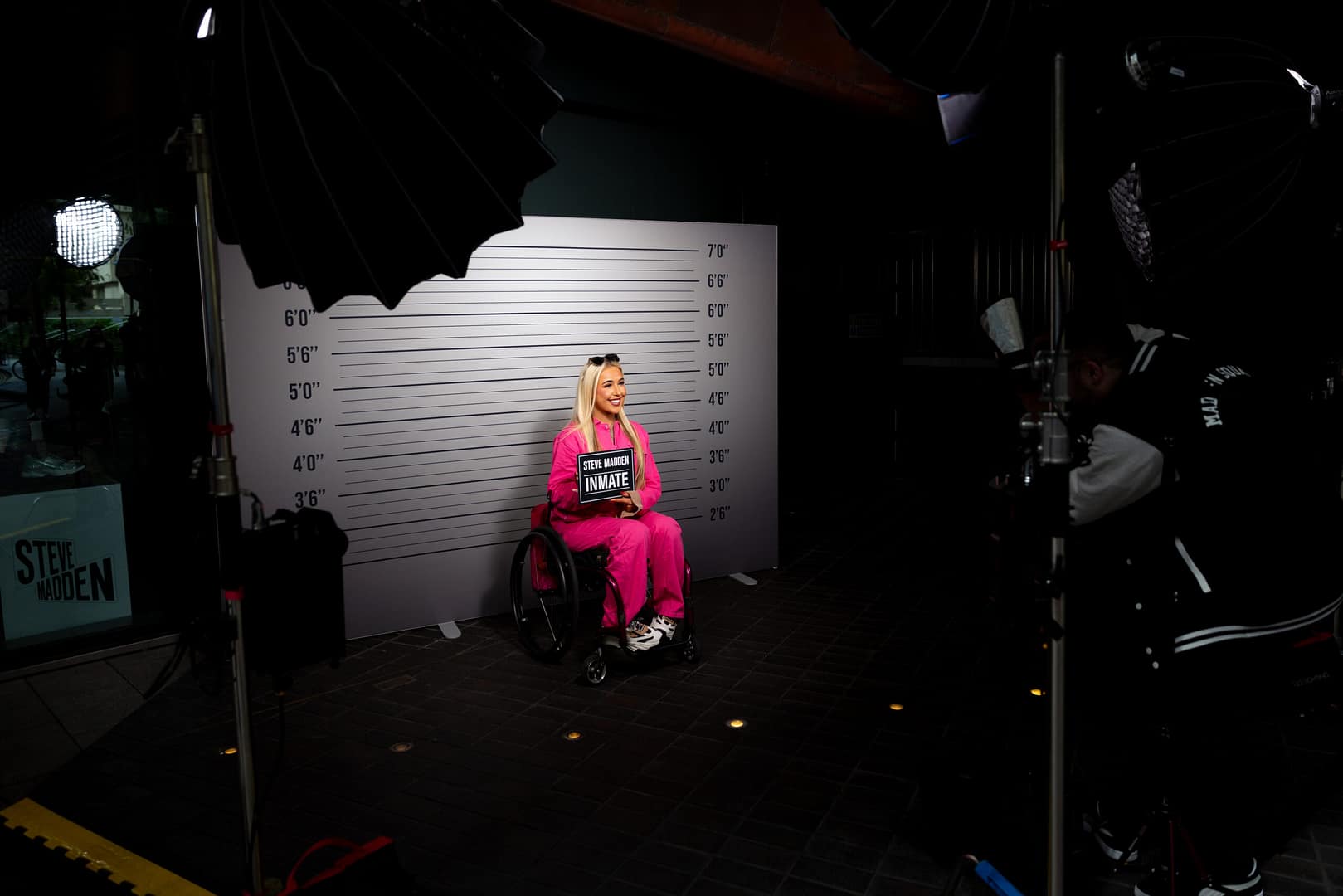

Interactive fixtures
There is also the opportunity to turn passive fixtures into playable ones – think smart mirrors that style, vending machines that reward and AR windows that trigger surprises.
Oasis and Snapchat recently launched an interactive “venting machine” where shoppers scream into an AR-enabled mirror to unlock drinks, prizes and custom Snapchat lenses.
Touring pop-ups and mobile activations
Brand pop-ups with photo opportunities, challenges and freebies generate shareable buzz among younger shopper cohorts. This is something Walmart saw good success with via its “FYP on Wheels” campaign.
FYP (For Your Page) on Wheels rolled out a fleet of themed mobile stores designed to merge retail with festival-style experiences and offered shoppers shareable TikTok moments, customisable giveaways and curated products.


Gamified Loyalty: Quests, Streaks, Badges
Move beyond points by rewarding Gen Z customers with reward streaks, actions and content creation. H&M, for example, offers points and vouchers for behaviours beyond purchases, such as recycling garments in-store or bringing your own bag, to turn sustainability actions into repeatable ‘missions’ to boost engagement.
Earlier in May, Gymshark also introduced a community-led loyalty programme, which rewards customers beyond points earned on purchases. This allows members to earn loyalty points for brand engagement and completing Gymshark Training app workouts. Members can pick up XP (experience points) by shopping Gymshark’s sportswear collections, however they earn more XPs for social sharing and brand engagement as well as completing workouts on the app.
Immersive in-store story worlds
Rethinking retail spaces as cultural stages also allow Gen Z to explore and enjoy their passion points – from music to art and gaming. Layering story, theatre and interaction around browsing helps create customer connection as well as more meaningful shopping journeys.
This is something Nike has leant into, with the “Nike Arena” in its Nike House of Innovation flagship stores. These feature city-exclusive stories, live customisation and immersive product narratives, allowing retailing to behave like an exhibition, and creates moments of deep engagement, memory and brand salience.
Rewiring performance metrics
With these in mind, the business case for investing in stores starts with redefining the metrics that matter.
Stores can’t simply be weighed on a sales per square footage measure. Instead, they should also be measured against brand and media metrics too – for example, social media reach, engaged minutes IRL and online as well as broader brand growth.

